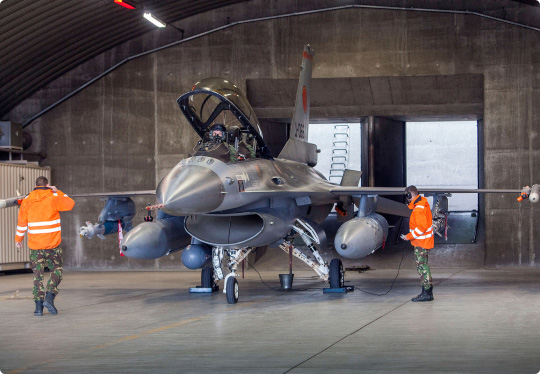Adapting Airborne High-Speed Cameras for Different Flight Test Applications
AOS Technologies’ high-speed cameras are pivotal in capturing detailed data during aerospace flight tests, particularly in unmanned aerial vehicles (UAVs). These versatile cameras are engineered to meet the specific requirements of various aircraft and flight test scenarios, ensuring optimal performance in diverse environmental conditions.
Key Highlights
- Flexible Design: The cameras are customizable to fit specific aircraft configurations and operational needs, providing flexibility in application.
- Smart Features: Equipped with pre-programmable settings, these cameras can operate automatically, enabling precise and high-quality data collection during flights.
- Standardized Communication: Ensures seamless data transfer and integration into central control units, maintaining quality control across different test environments.
- Data Synchronization: Utilizes standardized formats like IRIG-106 to synchronize camera data with other flight test data, ensuring comprehensive and coherent data analysis.
Applications
AOS high-speed cameras are essential tools for capturing synchronized, high-resolution images during both manned and unmanned flight tests. They offer a cost-effective solution for thorough flight analysis, supporting various aerospace testing needs. The cameras’ robust design and advanced features make them suitable for a wide range of applications, including structural testing, aerodynamic studies, and operational evaluations.

Detailed Case Study
Background
In aerospace testing, capturing high-speed events is critical for analyzing the performance and safety of aircraft. Traditional cameras often fail to provide the necessary detail and synchronization required for these tests. AOS Technologies addressed this challenge by developing high-speed cameras specifically designed for the demanding conditions of aerospace applications. MC-S – Special Camera Systems supplied S-EM Cameras that are used under/outside the F16 Fighter Jet, as you can see in the picture on the left.
Camera Integration
The integration of AOS high-speed cameras into flight test setups involves several key steps:
- Customization: Each camera system is tailored to fit the unique requirements of the aircraft and the specific tests being conducted. This includes adjustments to the camera housing, lens selection, and mounting configurations.
- Pre-Programming: Cameras are pre-programmed with specific settings that enable automatic operation during flight. This ensures that the cameras capture the necessary data without manual intervention, reducing the risk of human error.
- Communication: The cameras utilize standardized communication protocols to ensure that data is reliably transmitted to central control units. This standardization also facilitates the integration of camera data with other onboard systems.
- Synchronization: Using formats like IRIG-106, the camera data is synchronized with other flight test data, allowing for a comprehensive analysis of test events. This synchronization is crucial for understanding the interplay between different systems and components during high-speed maneuvers.
Performance in Field Tests
The high-speed cameras have been tested in various aerospace applications, demonstrating their effectiveness in capturing critical data. Some notable examples include:
- Structural Testing: Cameras capture the deformation and stress responses of aircraft structures under different load conditions, providing valuable insights into material performance and structural integrity.
- Aerodynamic Studies: High-speed imaging of airflow patterns and turbulence around the aircraft helps engineers refine aerodynamic designs for improved performance and fuel efficiency.
- Operational Evaluations: Cameras monitor the operation of mechanical systems, such as landing gear and control surfaces, during flight. This data is essential for identifying potential issues and optimizing system performance.
Conclusion
AOS Technologies’ high-speed cameras offer a robust and flexible solution for aerospace flight tests. Their ability to capture high-resolution, synchronized images under demanding conditions makes them an invaluable tool for aerospace engineers and researchers. By providing detailed insights into the performance and safety of aircraft, these cameras contribute to the advancement of aerospace technology and the development of safer, more efficient aircraft.

